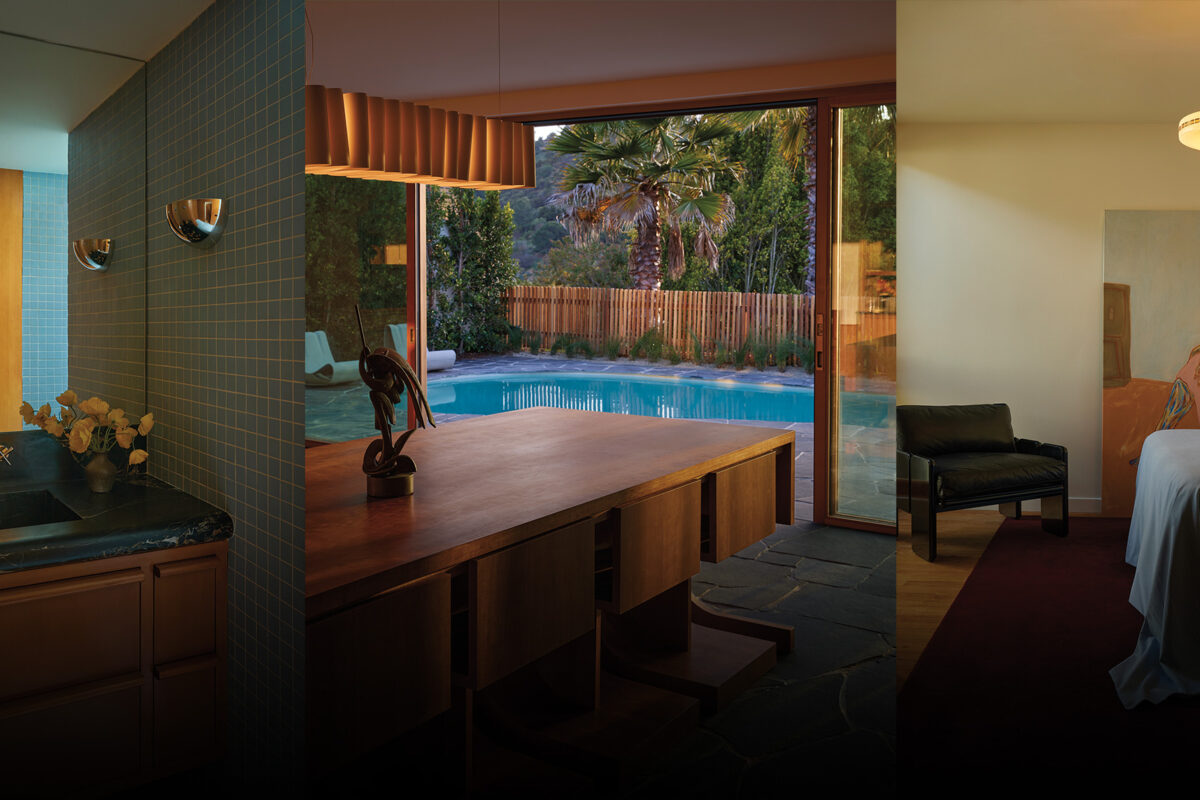The volume spotlights new residences built as natural escapes amid a wide range of architectural projects
Words by MICHAEL WEBB
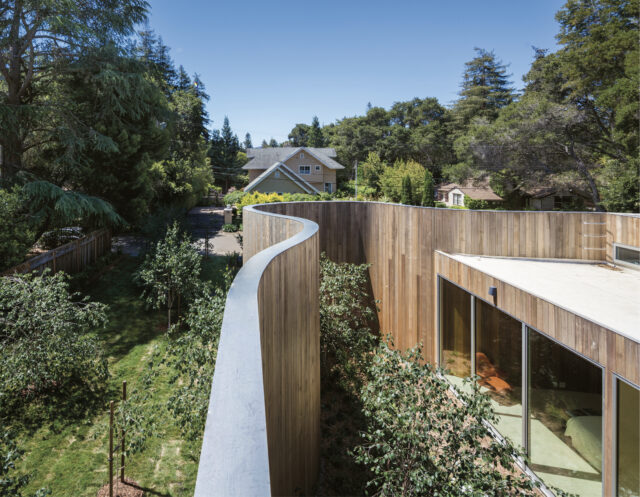
The more we crowd into large cities the more we crave some element of nature, even if it is no more than a few potted plants or a pocket garden. That enhances the appeal of a retreat into the countryside; a place where nature rules. Thanks to the internet, a rustic retreat can now become a place in which to live and work year-round, encouraging architects to design second houses that are as versatile and commodious as the most ambitious urban dwellings, as well as snug cabins for a weekend escape.
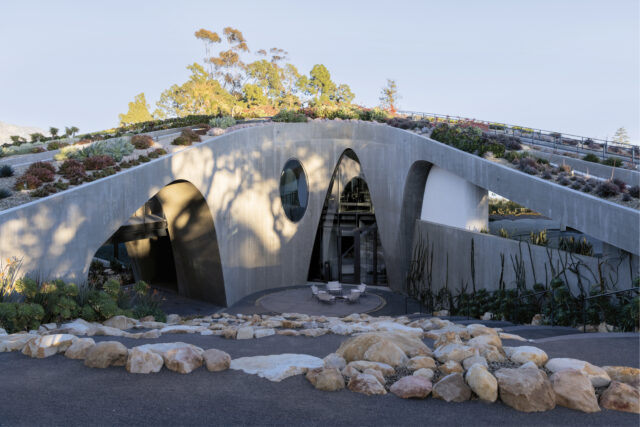
The challenge is to protect the qualities that people have come far to enjoy. Unregulated development can quickly transform wilderness into suburban sprawl, as happened in and around Palm Springs. The house that Neutra built there for the Kaufmanns in 1947 was a winter retreat at the edge of a tiny community, but air conditioning brought a rash of tract homes and a host of permanent residents. Yet, even in built-up areas, architects can orient houses toward a patch of greenery and landscape designers can create the illusion of a rural setting.
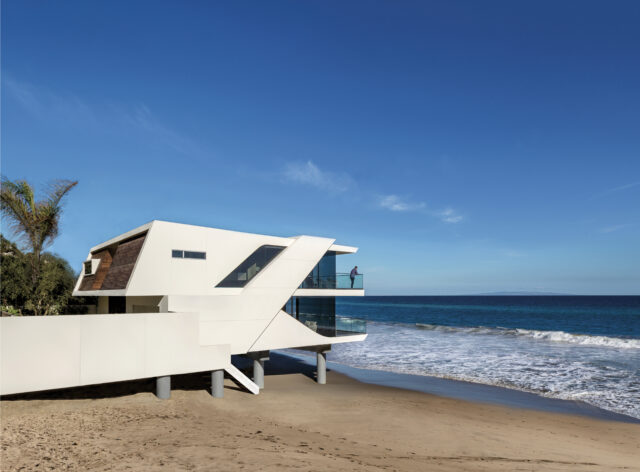
Selected for their diversity, these houses respond to every kind of landscape, from tumbling rocks to pounding surf and the dappled light of forests. One straddles a creek, another is elevated to protect tree roots, a third steps down a wooded slope. They pay homage to traditional forms and the pure lines of minimalist sculpture. Roofless House shuts out neighboring properties to focus attention on treetops and the sky, while Hill House creates its own landscape: a mound planted with succulents, hollowed out to contain soaring volumes and inner patios. Excerpted from California Houses (Thames & Hudson, $58).
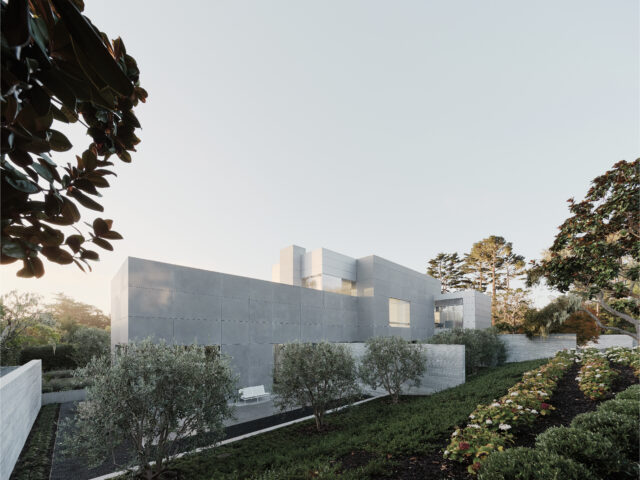
Feature image: Branch House, Montecito. PHOTO: David Hartwell.
This story originally appeared in the Winter 2024 issue of C Magazine.
Discover more DESIGN news.
See the story in our digital edition



